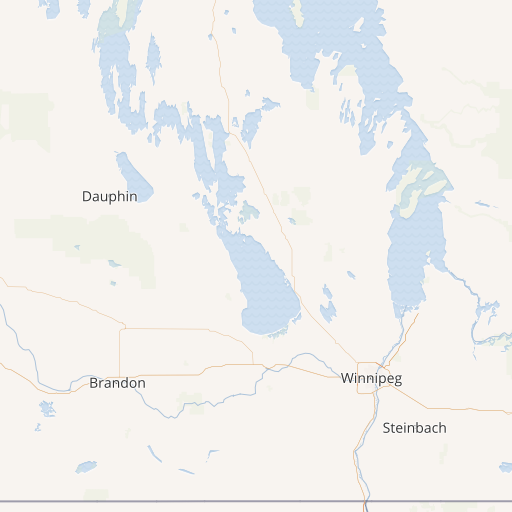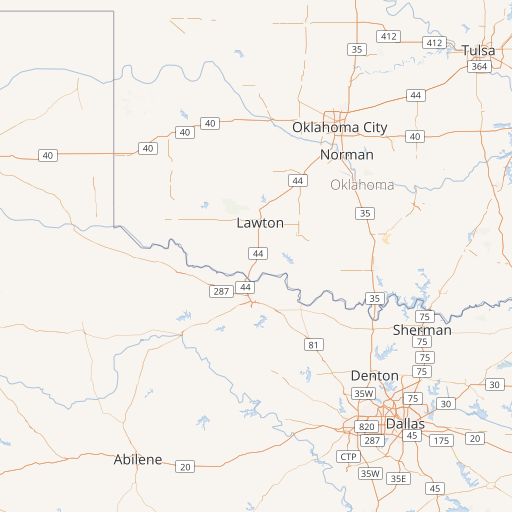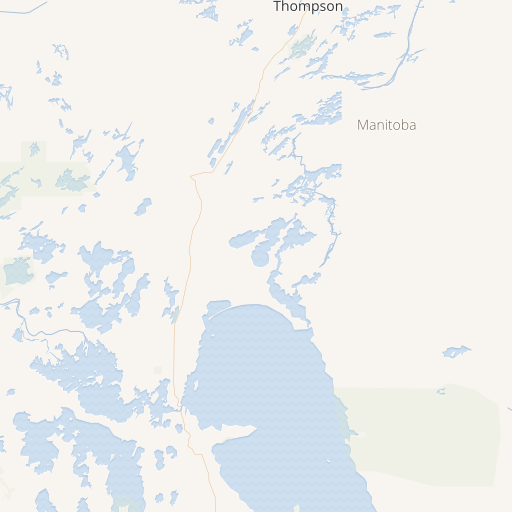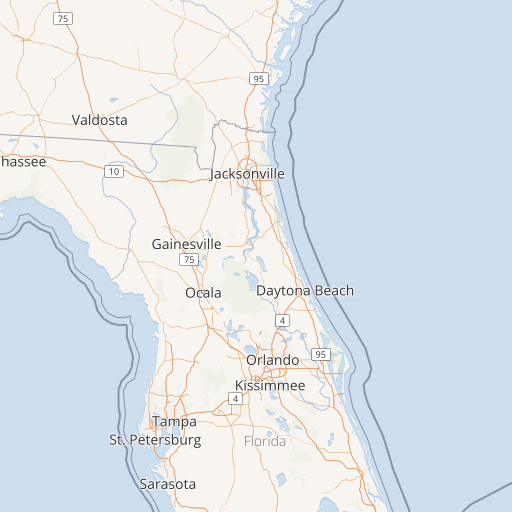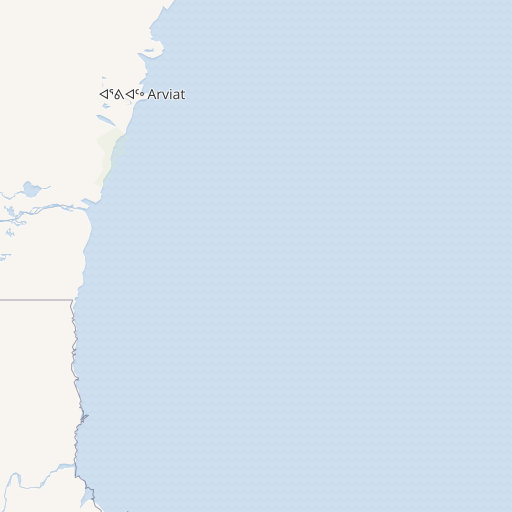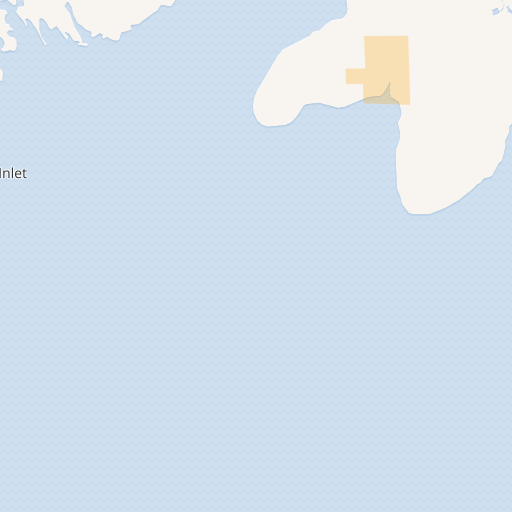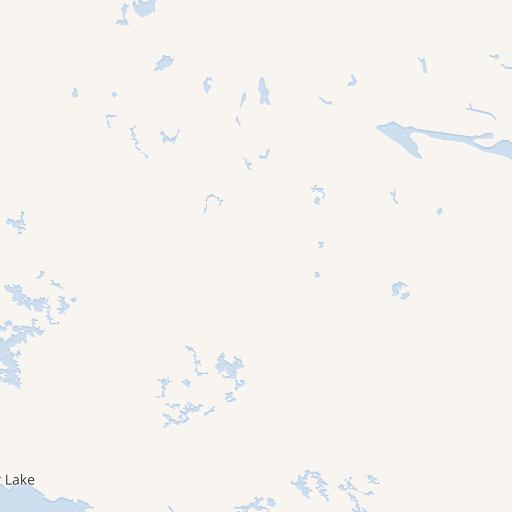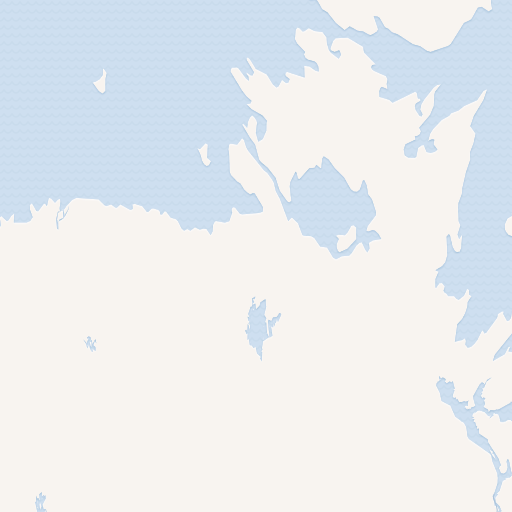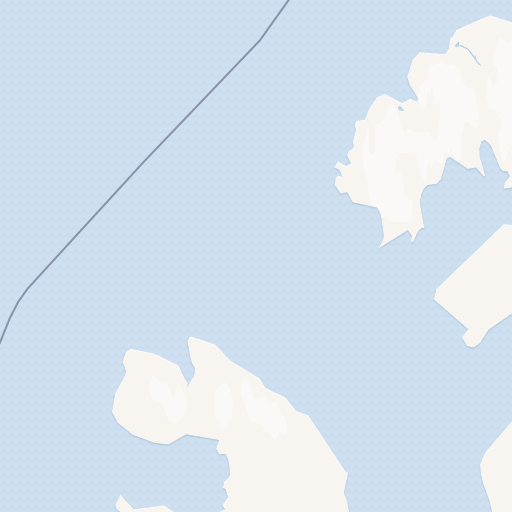About
The Common Looper Moth (Autographa precationis) is a medium-sized moth found throughout North America. It has a wingspan of 1-2 inches and its wings are typically gray or brown, with a darker band along the outer edge. One identifying characteristic is the silver or white mark shaped like a question mark or comma in the center of each forewing.
As a member of the Noctuidae family, the Common Looper Moth gets its name from the way its caterpillar moves in a looping or “inchworm” motion. The caterpillars are typically green with white stripes and have three pairs of prolegs.
A fun fact about the Common Looper Moth is that it is a migratory species, with populations moving north in the spring and south in the fall. Additionally, the moth’s wings can be mistaken for a dead leaf, helping it blend in with its surroundings and avoid predators.
Despite its name, the Common Looper Moth can be difficult to distinguish from other species of loopers, such as the Mottled Engrailed Moth and the Wavy-lined Emerald Moth. Close observation of the wing patterns and markings is needed for accurate identification.
Forests, fields, gardens, and parks



















